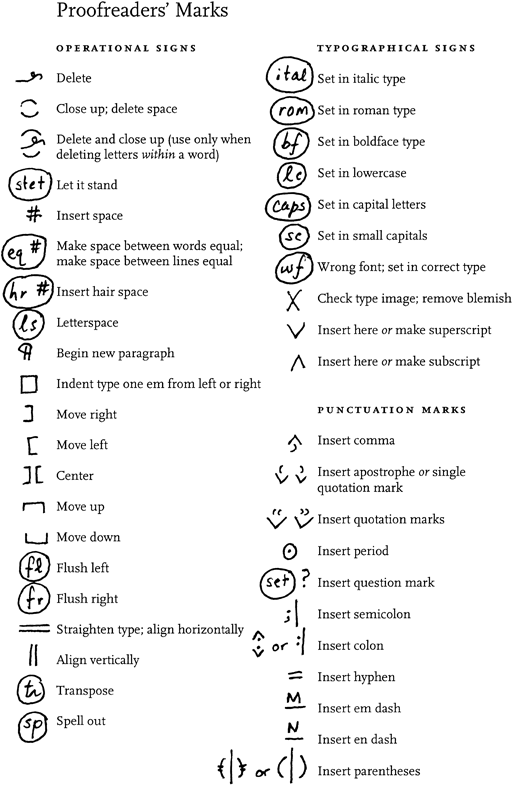Proofreading is one of those boring but essential aspects of producing quality work. When something is typeset on a computer or printed out, we tend to think it’s correct. But there are always errors in it. And you can’t assume that your client will send you correct copy to begin with.
Proof several times: first at the end of the copy writing stage, then at the design stage, and finally again before the job is sent to the printer or a website goes ‘live’. Before any layout begins, it’s crucial to do a thorough proofing job. Otherwise you’re laying out incorrect data which will have to be redone — a waste of time/budget.
Always do a final proof, no matter how many times you’ve looked at it. Here’s a memorable final proof ‘fail‘: a cost-cutting decision was made to skip the final proofread. What no one noticed was that 2 digits in the phone number had been transposed. When customers dialed the number, an adult video store answered instead of the client’s business. The client was embarrassed and mad, the entire press run had to be redone, and the project manager’s reputation and bank account were worse for wear. Two hours of proofreading would have prevented all that.
It’s very helpful to have an uninvolved third party to do the final proofread. Even if you’re a great proofer, once you’ve worked on a job for a while, you lose your ability to see any errors. And you can’t assume that your client will catch them.
7 tips for proofing well:
1. Finish writing and editing before you start proofing. Although tempting, proofing is not another opportunity to write and edit.
2. Know your client’s styles and preferences.
3. Eliminate distractions so you can focus. Reading from the end of the page to the beginning can help overcome familiarity.
4. Label each printout with date and time.
5. Make changes in red pen.
6. Proof multiple times for various aspects:
• Words and meaning.
• Numbers and dollar amounts.
• Consistency: headings, subheadings, body – treatments, capitalization, styles.
• Style changes: e.g., forgetting the first or last letter in a word when changing to bold.
• Line breaks: hyphenation, bad breaks, widows, orphans.
• Formats, margins, rules, fonts, extra spaces, commas, periods.
• Graphics: e.g., watch for backward text and other problems in flopped photos.
• Headers and footers.
• Call phone numbers and try website addresses.
7. Use resources to ensure your accuracy:
• Dictionaries.
• Specialized dictionaries: reverse, visual, translation, symbolism, hierarchies, idioms/slang, phrasal verbs, technical/terminology (of a specific field).
• Reference manuals: e.g., The Gregg Reference Manual, The Elements of Style, The Chicago Manual of Style, etc.)
• Internet.
Proofreader’s Marks
The following list of Proofreader’s Marks is taken from figure 2.6 of the 16th edition of The Chicago Manual of Style Online.

Portions of this post came from Julie Prime who is superb in all things written, edited or proofed.

Really nice overview, Moira. I especially like the multiple aspects that need proofing. I saw the link to this on LinkedIn, by the way.
Hi Sara – Nothing beats a good process, eh? I learned a ton from Julie. Thanks for stopping by!